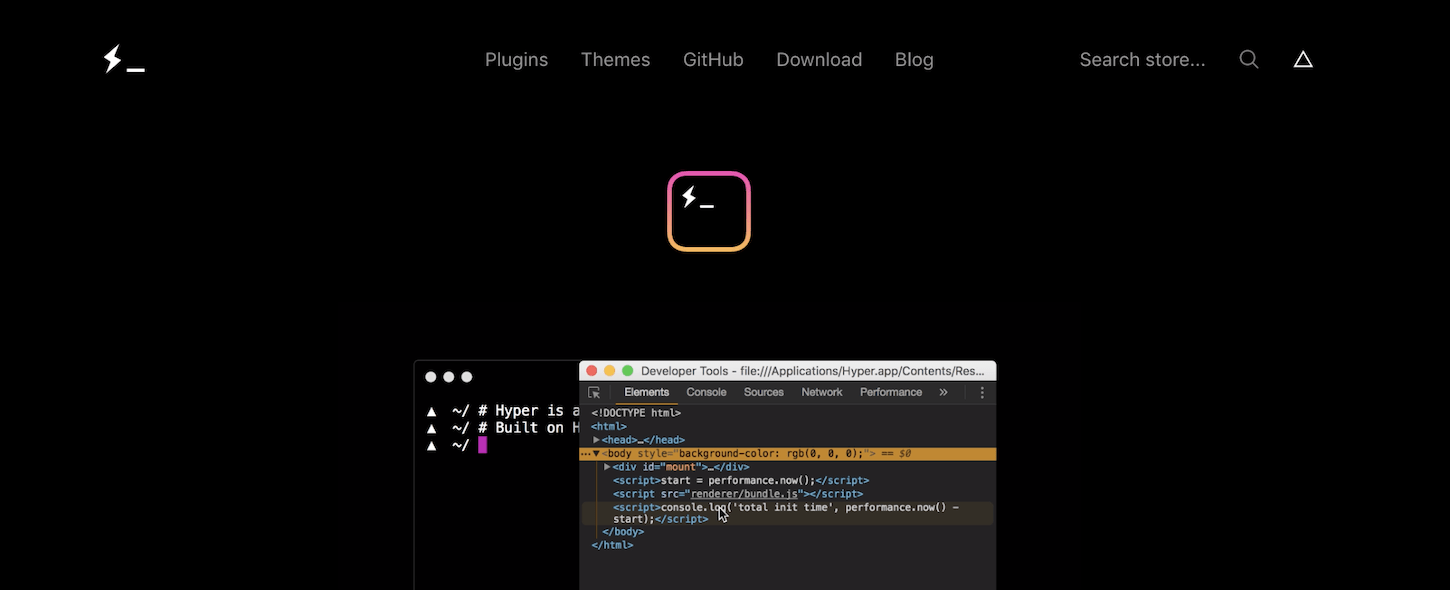

- #TERMINAL EMULATOR MAC PACKAGE CONTENTS HOW TO#
- #TERMINAL EMULATOR MAC PACKAGE CONTENTS MAC OS X#
- #TERMINAL EMULATOR MAC PACKAGE CONTENTS MANUAL#
- #TERMINAL EMULATOR MAC PACKAGE CONTENTS PASSWORD#
Even if this option isn't recognized, you may at least elicit a response giving you the correct usage options. If you know the command name but can't get a man page, try calling the command with the option -help. Tiger does provide a man page, but Panther doesn't. An example on Panther is the screencapture command. Unfortunately, not all installed commands have man pages, even if they are pre-installed. To prove this, here is a link to a vi tutorial.

I'm not biased against other editors such as vi. The same can of course be done in the Terminal application if you're not using xemacs. Now you have the output stream in your xemacs buffer which can be searched, copied etc. The vertical bar sends the apropos output to the cat command which lists the tex without pausing for pages. Then in xemacs, type ESC-x tshell to start a terminal emulation, then apropos system | cat. To invoke apropos from within xemacs for easy searchability, do the following: Say you want more information about your system in general.

This will save you many a fruitless internet search. For example, type apropos font to see what commands are available that have to do in one way or another with fonts on your machine.
#TERMINAL EMULATOR MAC PACKAGE CONTENTS MANUAL#
Not only does UNIX have a system of manual pages, it also provides a stone-age version of a "Spotlight™" search: if you want information related to a topic but can't recall the command to look up in the man-pages, use apropos. To get an idea of the scope of the command-line world, you can browse a beautified collection of man pages at the Huntsville Macintosh Users Group web site. Launch the editor and press ESC-x, then type man, followed by RETURN and the name of the command whose manpage you want to open. I mention this because I use both of these constantly - including right now. To read a man page and also be able to search it, you can use emacs or xemacs. This is done by typing, e.g., man system_profiler, and similarly man hdiutil and man installer. To find out more about terminal commands, one uses their man-pages. The following are basic things that I learned almost twenty years ago, but if you're new to UNIX then not knowing little details like this can be a real obstacle: The commands for this are hdiutil attach and installer -pkg. dmg files) and run the installer purely from the command line.
#TERMINAL EMULATOR MAC PACKAGE CONTENTS MAC OS X#
Even the installation of regular Mac OS X Applications can in principle be performed purely within a terminal.
#TERMINAL EMULATOR MAC PACKAGE CONTENTS PASSWORD#
Try this with a harmless command like sudo ls, and you'll be prompted for the administrative password that you also use to start installations under Mac OS X.Īll this power is especially useful if you want to manipulate your Mac through some remote connection in that case the command line is your door into the computer, and if you have an administrator account it's essentially as if you're sitting in front of the computer. Of course, the original user account on a new Mac is also an administrator, but to invoke that power you'll need to precede a command by sudo. These kinds of operations require administrator privileges. The typical setup for a new computer is that you'll have created your acount in the directory /Users, and your permissions will not allow you to arbitrarily write to directories such as /usr/local (these are also hidden from the Finder). The Terminal application is the place where practically everything happens that you see described here.
#TERMINAL EMULATOR MAC PACKAGE CONTENTS HOW TO#
This page addresses the question of how to get X11 and other UNIX software running under Tiger. This page is not about how useful the new features of Tiger are there are more than enough pages like that out there - if you're looking for general praise and criticism of features in OS X, look at some of my other pages. The starting point for these notes is a G4 or G5 Mac on which you have just upgraded from the Panther operating system to Tiger. This also contains discussion of specific software I consider useful. For old notes pertaining to pre-Tiger Mac OS X, see here. Tiger (Mac OS X version 10.4.x) is assumed here. Most of the info on this page is also relevant for Leopard (Mac OS X version 10.5.x), but there's some additional Leopard-specific material on a new page. Using Mac OS 10.4 Tiger with X11 and fink Set up the Mac OS X environment


 0 kommentar(er)
0 kommentar(er)
